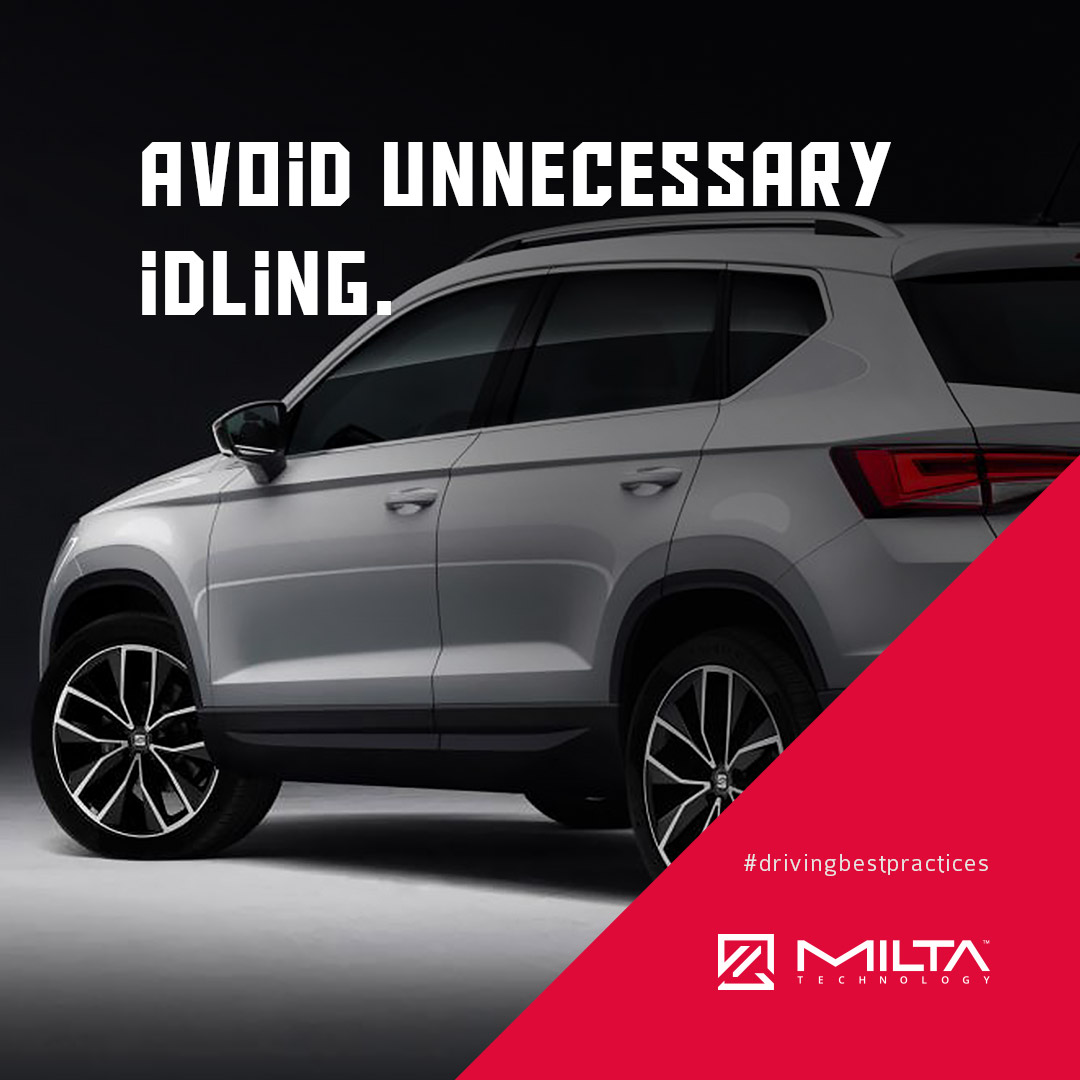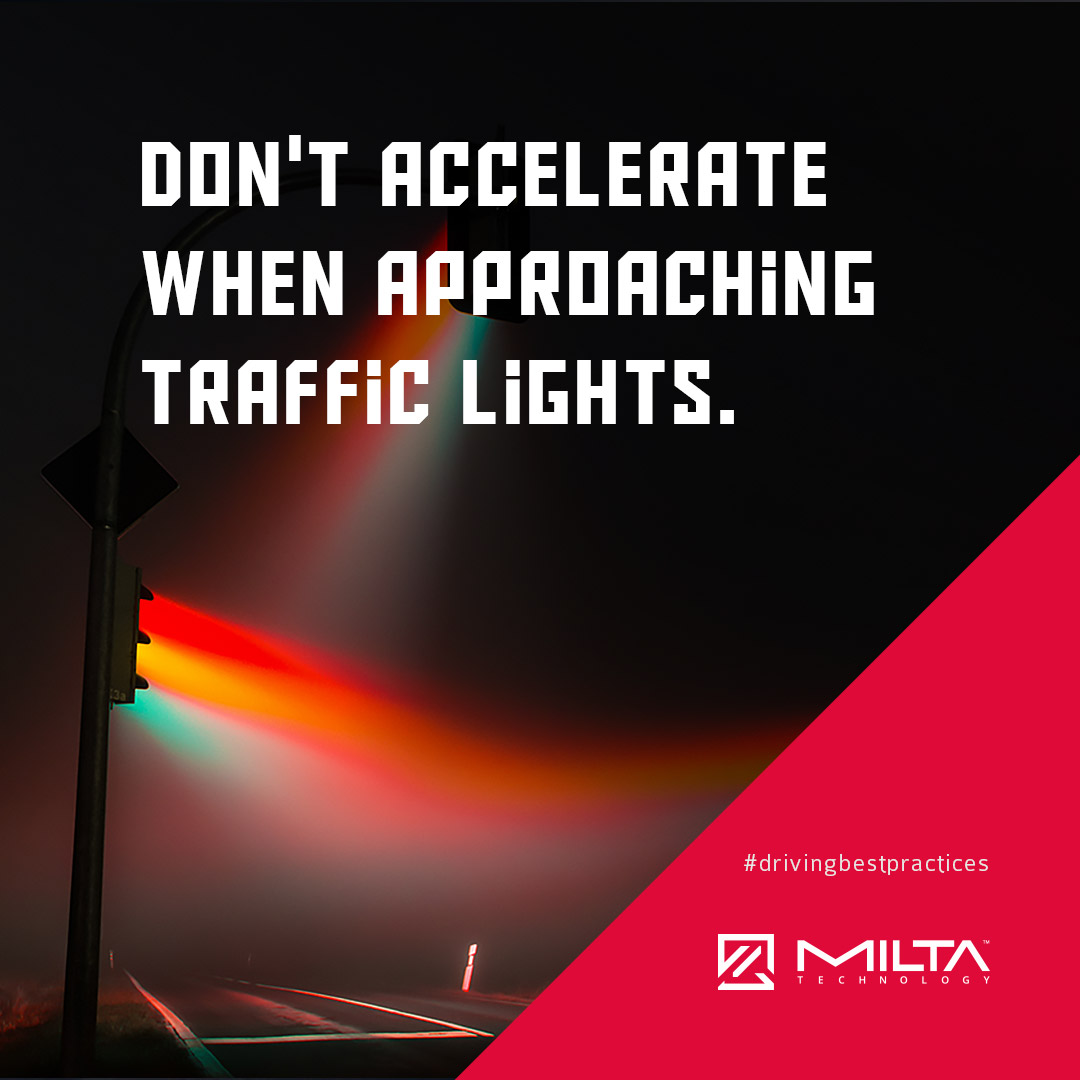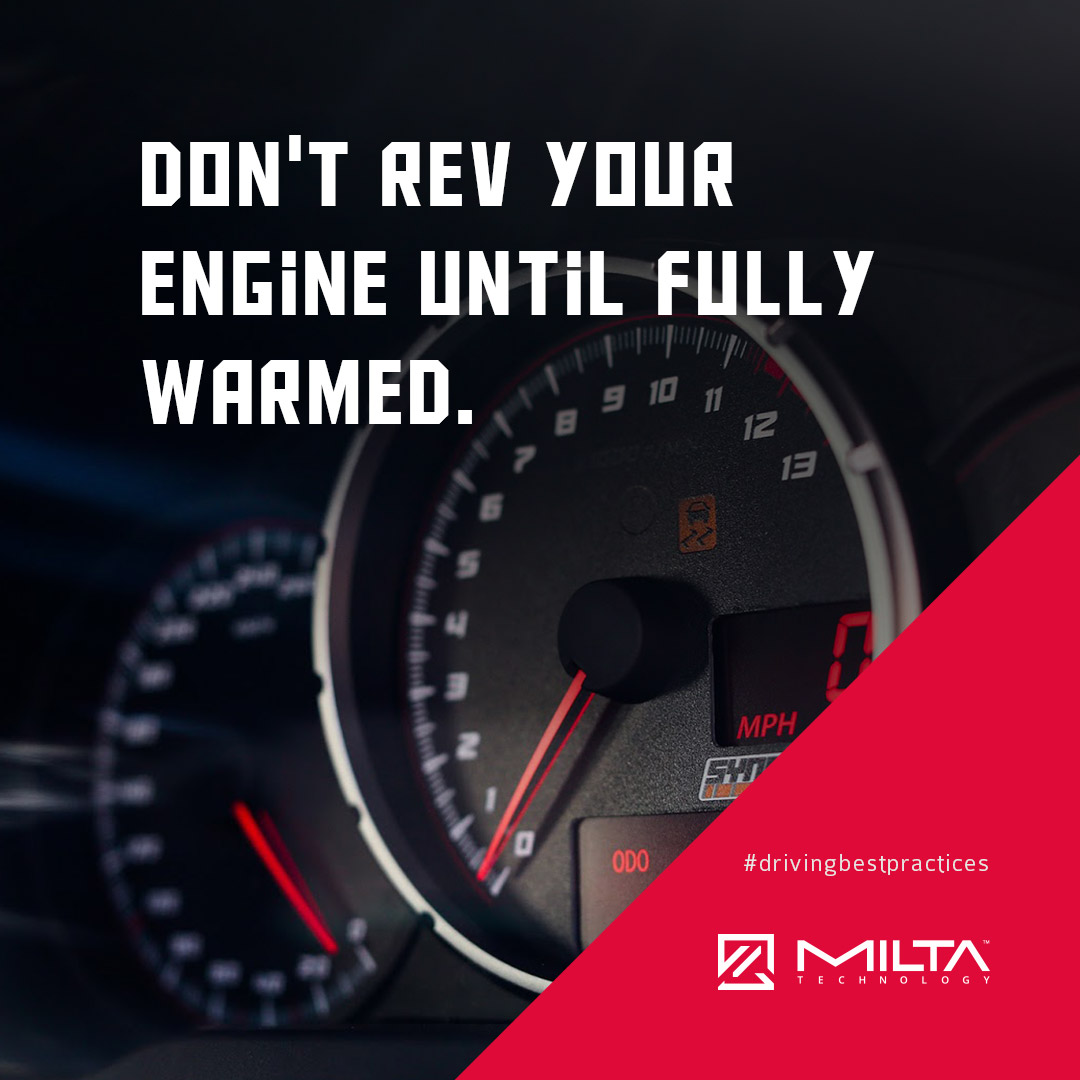If you don’t fully stop your car before reversing the direction of drive, you are putting a high load on your transmission which in this case is being used for braking. And since the gearbox is not designed for such purpose, it may get damaged, especially if these conditions will repeat over time. So always […]
Category: Driving best practices
If there are any objects in your car that are not necessary, you should leave them at home or somewhere else. It is not only impairing your fuel efficiency, but also may increase the risk of injury during an emergency braking or a car crash if it’s not properly secured. So have a look at […]
If your car is not properly maintained it will both decrease the safety of your driving, as well as impair the fuel economy. For instance, having your car properly tuned can improve fuel mileage by up to 4%, properly inflating tires can help as much as 3% and using the correct oil is good for up […]
If you are planning to have a very long car journey, think of inviting a person that could share the driving responsibilities with you. This way, you could keep an eye on each other to react as quickly as possible to any signs of losing attention. You can also save some time, by sleeping while […]
When driving a car, you should always stay fully energised, so that you can focus on the road and react instantly to any changes in the situation. Before a long drive, make sure to have enough sleep and eat some food to keep your energy level high. During a trip take a stop whenever you […]
If your car doesn’t feature the start-stop system, remember to turn off the engine when you stop your car for more than 10 seconds. That’s more or less the time to burn the same amount of fuel which is used to start the engine. You will give the environment a significant relief in doing so, […]
To use as little fuel as possible, you should drive your car at the most efficient speed. It varies in different vehicles, but usually, equals about 65-90 km/h (40-55 mph). Try to keep withing this range or check what speed is optimal for your car and you should notice a significant drop in your fuel […]
Hard acceleration uses up to third more fuel. Achieve your desired speed with a steady foot on the accelerator and try coasting to stop. Speeding, rapid acceleration, and braking can lower your gas mileage by 5% at lower speeds around town, and by 33% at higher highway speeds.
When you are driving, try to notice the traffic lights as soon as possible. If you find a crossroad or pedestrian crossing ahead of you, do not accelerate your car before passing it. When approaching the lights you need to slow down anyway, so all the fuel used for acceleration before would be wasted. Also […]
When you’re starting your car, you shouldn’t accelerate aggressively until your engine reaches normal operating temperature. Watch your dashboard and put the gas fully only when you see the engine is warm enough. Doing so without having the car warmed up will increase wear of some parts. A cold engine also looses some of its […]










